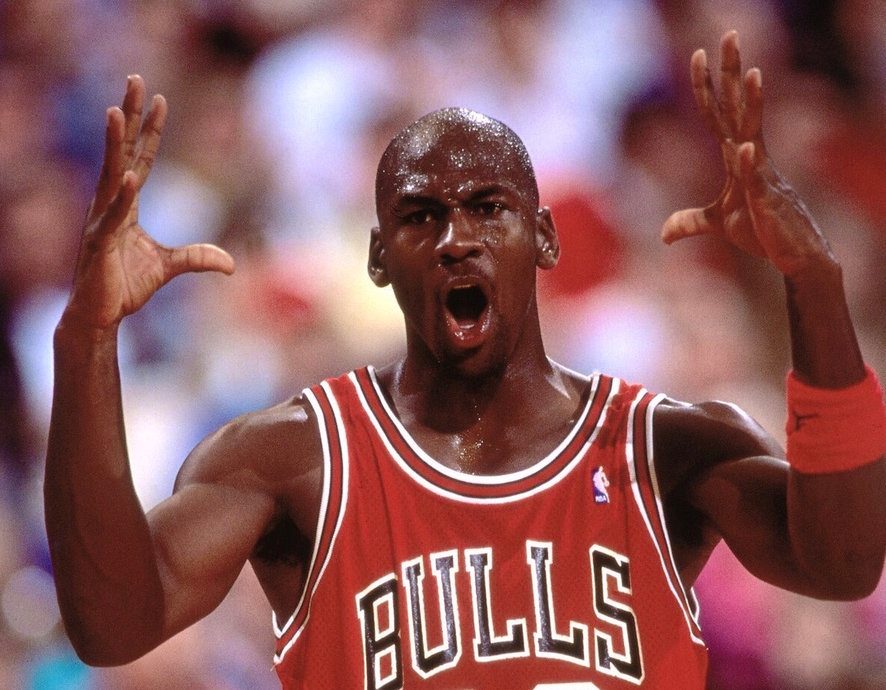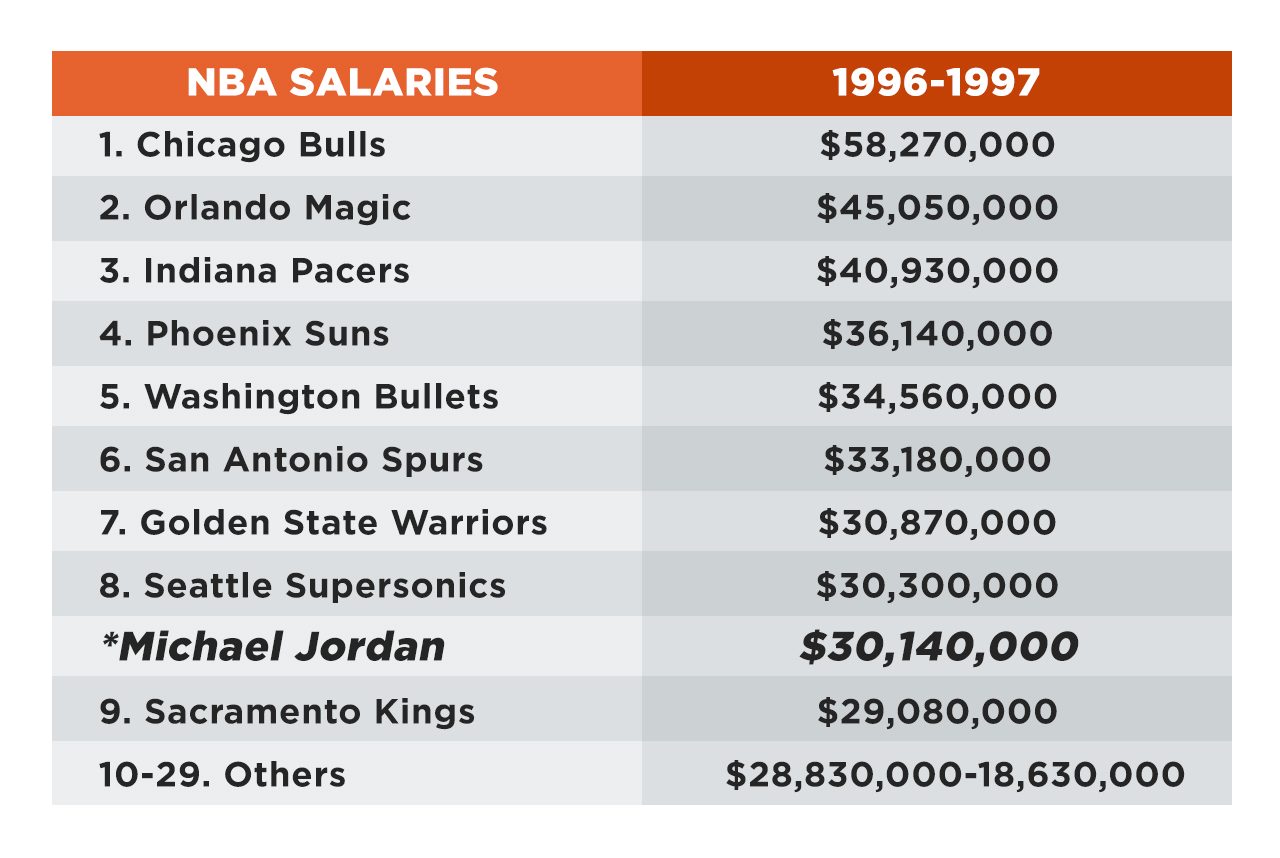SUMMARY
This is AI generated summarization, which may have errors. For context, always refer to the full article.

MANILA, Philippines – The first two episodes of The Last Dance docuseries shed light on many important events before and during Michael Jordan’s legendary tenure with the Chicago Bulls.
Without going through explicit details, a small portion in one of the episodes talked about Jordan’s do-it-all partner Scottie Pippen signing a grossly-undervalued seven-year, $18 million contract spanning from 1991 to 1998.
The episode eventually stated that for the 1997-1998 season, the Bulls’ undisputed second-greatest player of all time was only the sixth-highest paid player on the team and a lowly 122nd place on the entire league’s payroll.
Of course, everyone knows that the highest-paid player in the NBA at the time was Jordan, and deservedly so. What some may not know, however, was just how much the game’s greatest of all time was paid for that season and the year prior.
Those figures were exactly $30,140,000 in 1996 and $33,140,000 the following year.
Following a year when the highest-recorded salary was $18 million belonging to New York Knicks superstar center Patrick Ewing, Jordan’s one-year, 30-mil contract was a figure literally outside the boundaries of entire teams’ payrolls at the time.
To put that figure in perspective, Jordan’s single-season salary in 1996 was a full million ahead of the Sacramento Kings’ entire payroll.
As if that’s not astounding enough, the 1996-1997 Kings actually already held the 9th-most expensive payroll in a 29-team league.

Jordan’s unprecedented signing had its fair share of critics, who lamented the lofty price, and supporters, who claimed that he was actually still underpaid.
As for the Bulls, the fat contract served two important purposes: to compensate Jordan after years of severe underpayment and to beat out the New York Knicks, who back then reportedly offered to pry away the Chicago icon to the tune of $25 million.
Prior to the 1996 signing, Jordan had just led the Bulls to a then-NBA record 72-10 regular season slate and their fourth NBA championship in 5 years.
For that iconic run, “His Airness” was paid just $3.8 million, the 31st-highest salary that year. Dale Davis, an Indiana Pacer who averaged just 10 points a game that season, earned roughly $300,000 more than Jordan.
Because of this, the Bulls felt that a compensation package of unprecedented proportions was in order for their once-in-a-lifetime superstar.
And thanks to the new collective bargaining agreement struck between the NBA and its players’ association in 1998 following the longest lockout in league history, no contract ever came close to Jordan’s salary again due to the new salary caps.
In fact, the value of his two separate contracts in 1996 and 1997 was so historically bloated that it would actually sit right at home with superstars’ contracts today, more than two decades later.
In 2020, Jordan would be the 10th-highest paid player if his 1997 contract was put on the list. However, that’s just considering face value.
Adjusted for inflation, Jordan’s 1997 contract would be worth an absolutely mind-boggling $54 million today. That would then top the NBA salary charts with absolutely no competition nearby.
To put that figure in perspective, Stephen Curry, who single-handedly revolutionized the modern NBA with his legendary marksmanship, is set to earn $40.2 million this year as the league’s highest-paid player.
Damian Lillard, who signed a four-year, $196 million “supermax” deal with the Portland Trailblazers last year, cannot even match Jordan’s inflated value until 2024, when he is set to earn $54.3 million.
Simply put, the Chicago Bulls put their money where their mouth is and it paid off big-time.
Although they spent more than $60 million over just a two-year span on just one player, this one player was responsible for reviving a dying franchise and bringing it more championships than 21 active teams combined.
For a champ who brought change, any price tag can look like chump change. – Rappler.com
Add a comment
How does this make you feel?
There are no comments yet. Add your comment to start the conversation.